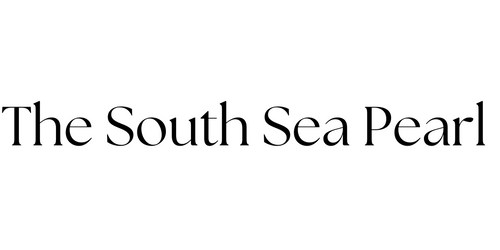Tahitian pearls are a luxurious choice for jewelry lovers around the globe. With their unique colors and lustrous finish, they're versatile and can elevate any outfit. However, styling Tahitian pearls can sometimes feel daunting. Whether you’re dressing for a formal event or just a casual day out, this guide will offer you chic and practical styling tips for incorporating these stunning gems into your wardrobe.
Блог о жемчужине Южного моря
-
сентябрь 17, 2025
-
сентябрь 16, 2025
Essential Care for Your Tahitian Pearls: Tips & Tricks
Tahitian pearls, with their unique luster and rich colors, are a true treasure of the ocean. Whether you have a stunning strand of tahiti black pearls or a singular pendant, ensuring their beauty and longevity requires proper care and maintenance. In this guide, we’ll explore the best practices for taking care of your tahitian pearls so they can shine beautifully for years to come.
-
сентябрь 15, 2025
The Environmental Impact of Tahitian Pearl Farming
When discussing luxury jewelry, the tahiti black pearl stands out not only for its captivating beauty but also for the unique farming practices behind its creation. As consumers become increasingly interested in sustainability, it’s essential to explore the environmental impact of Tahitian pearl farming. In this article, we'll dive deep into how pearl farming influences marine ecosystems, local economies, and broader environmental concerns.
-
сентябрь 14, 2025
Tahitian Pearls vs. Other Types of Pearls: A Dazzling Comparison
Pearls have long been considered symbols of elegance and luxury. Among the various types of pearls available, black Tahitian pearls have carved out a niche for themselves with their unique beauty and allure. In this article, we will delve into the captivating world of black Tahitian pearls and compare them to other popular types of pearls, offering insights into their origins, characteristics, and the reasons behind their timeless popularity. Whether you're a seasoned jewelry aficionado or a newcomer eager to learn, this guide will illuminate the enchanting differences between these exquisite gems.




